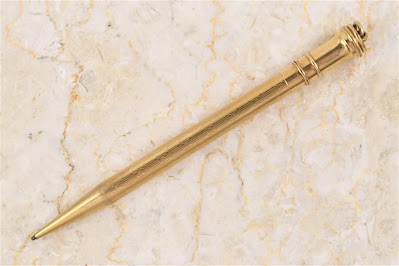This article has been included in The Leadhead's Pencil Blog Volume 7, now available here.
If you don't want the book but you enjoy the article, please consider supporting the Blog project here.
Years ago while I was editing The Pennant, I used a connect-the-dots metaphor to address how theories become proven history. Let’s say you have two dots on a sheet of paper and say “I see a doggie,” sure – you can draw any kind of dog you want around it, hitting both dots, but no matter how fervently you argue the point, two dots doth not a doggie make.
Random bits of evidence are like dots on a page, and when enough of them are assembled, the statement “that’s a doggie” morphs from unsubstantiated canine obsession to the obvious. However, that never means a researcher should abandon a close examination of where new dots land on the page - an errant dot too far from a quadruped’s face might make the difference between a dog and an elephant.
I employed this analogy in response to harsh initial criticism of “Wahl, Sheaffer and the Race for Boston,” a series of articles from 2016 (starting in Volume 4, page 300) which presented the case for Sheaffer actually interfering with Wahl’s purchase of the Boston Fountain Pen Company, and Sheaffer’s surreptitious acquisition of Boston’s fledgling pencil development by Boston’s Superintendent at the time, David J. LaFrance (of Dewitt-LaFrance fame). The story seemed fantastic when I first introduced it – “You can write it, but it didn’t happen,” one person commented.
Five years later, a few other dots have landed on the page, but none have fallen outside the distinct outline of man’s best friend. Eventually, unless something new comes up, the consensus will be yes . . . it happened.
My recent article on Parker’s entry into the pencil business is similar (see https://leadheadpencils.blogspot.com/2021/04/checking-off-all-boxes.html). All the dots line up with the story that the American Metals Company was making Perfect Point and Acme pencils until Parker came along and became – to continue the analogy – the tail that wagged the dog. I’ve theorized that American Metals had already developed a new pencil and that Parker, which suddenly realized it had to start offering pencils and it needed to do so fast, couldn’t afford to wait the two years Parker claimed it spent developing what would become the “Non-Clog” or “Lucky Lock” pencil.
That meant, drawing a straight line between two distant dots, that American Metals was already making something that Parker took over. On that straight line, however, was a crucial missing dot: something that looks exactly like a Parker, but isn’t marked as a Parker. Something like this:
I bought it in an online auction half expecting that there was an oversight and it might be marked Parker, but other than the nice machine-engraved pattern on the barrel, this one is completely unmarked. There are differences from most Parkers. It is smaller and thinner than usual:
Also, this doesn’t have Parker’s Lucky Lock cap - in fact, it doesn’t budge at all, just like those later Acme pencils I had theorized were made by American Metals:
Oh, but that’s a longshot . . . if this pencil just looks like a Parker, but lacks a Lucky Lock cap, how can we be sure this pencil isn’t unrelated to the story? Because of this:
These two pencils are identical, except my other example has no engraving. Neither one has a Lucky Lock cap, the size is identical, and there’s one other difference: the other example is clearly marked with a Parker imprint.
Does this prove it? No, but this dot fits squarely on the lines between the other dots. If one like this surfaces, marked “Acme,” that would be the clincher wrapping up the entire story neatly with a bow on top. For now, I’m content to see this particular doggie advancing one step closer to saying “woof.”






No comments:
Post a Comment